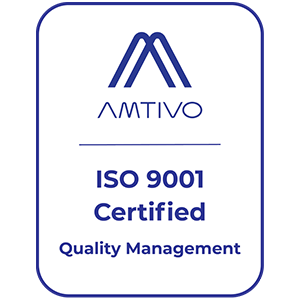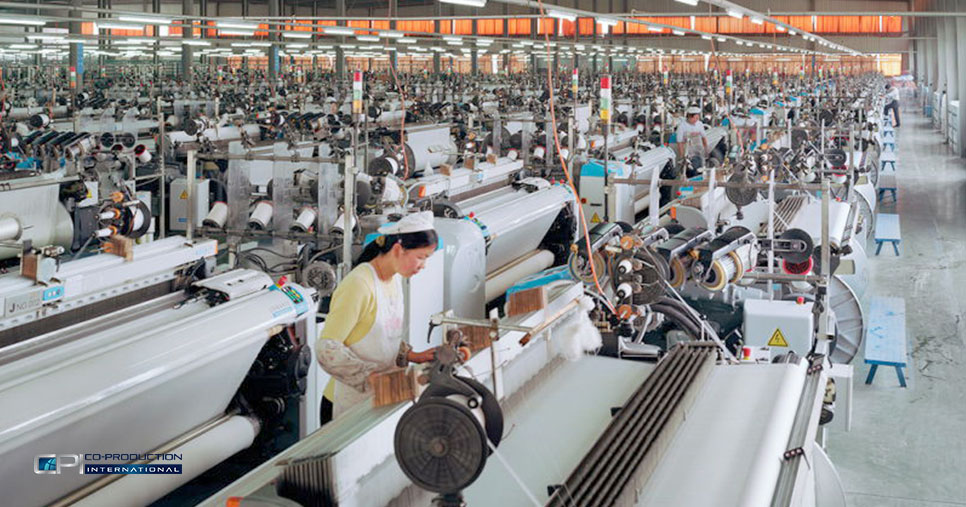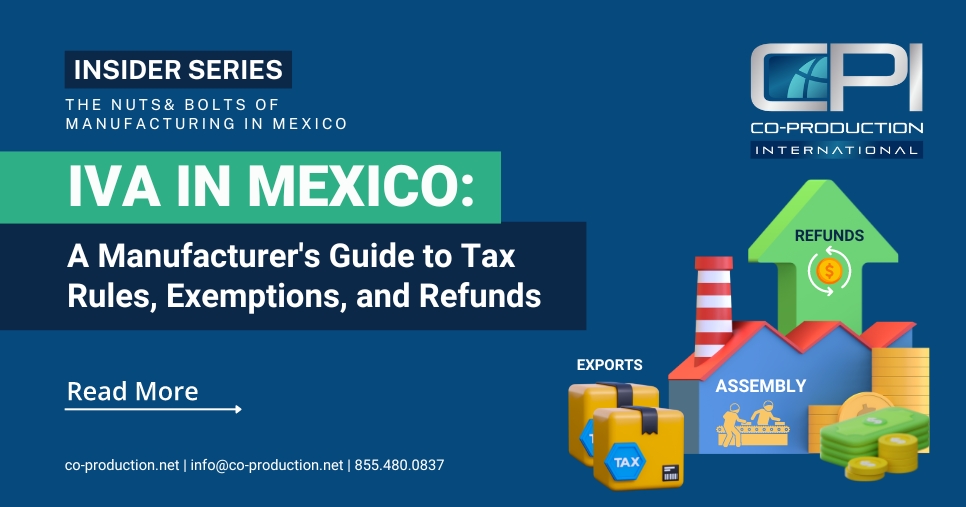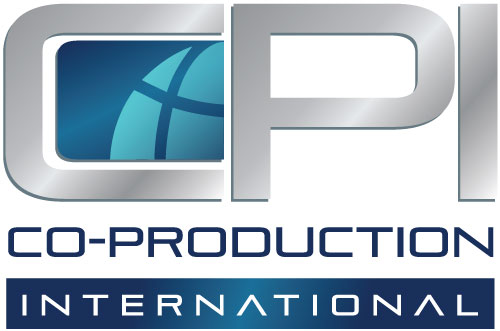The lifestyle brand RVCA has revamped its business model when it comes to denim, moving manufacturing from China to Mexico, renewing its marketing focus to its skate roots, and creating unique retail opportunities like custom fixtures and an out of stock program for key fits and styles that are year-round staples.
Though the active wear trend is still firing on all cylinders, there have been some recent green shoots in the blue jean market.
Domestic sales of jeans dropped 8 percent on a dollar basis in 2014, to $15.4 billion, worrying some manufacturers and prompting VF Corp, according to The NPD Group/Consumer tracking service. "A 8-percent drop may not seem like much, but it's rare for denim to take such a dramatic drop. It's a commodity business, we buy it and replenish it all the time."
Over the years, denim sales have declined industry-wide, creating a conversation that sparked the question: Is denim dead? But according to Brian Cassaro, VP of marketing Cassaro he put it well: "Trends come and go, but people will always return to the category."
Transworld business magazine by Kelsey Smith interviewed the RVCA staff regarding the manufacturing transition.
-Can you talk about the manufacturing and sourcing strategy you took when re-launching the denim program?
Rick Lohr, VP of merchandising and design: It all started with restructuring the line's architecture and planning. When I got here, the merchandising approach on the denim collection took a more traditional action sports brand approach – updating it once a year in Fall, and then you basically carry it over the whole year. It was all China manufacturing and kind of just a more fashion-specific approach. We wanted to rearrange the merchandising and strategic life planning towards a denim company approach that was different. You could say this was step 1. All the while, step 2 was happening at the same time.
We were changing the sourcing process to utilize Mexico and USA fabrics. Which if you know about denim, fabrics [from Mexico] are far superior to China fabrics. There is a lot you can do in Mexico that you can't do in China. The water is different. The resin that they use is different. The operation managers are trained differently. There is a lot more hand detail versus like manufacturing details. A good example is a lot of times when people are trying to get a brushed out thigh on a pair of denim, in China the fast way to do it is to take a sand blaster to them real quick. Then they are onto the next pair. In Mexico they actually take a wire brush and hand brush them out so that you get these highs and lows that look a bit more natural. But overall I think it is just that difference of spending a little more time and the hand work in stressing or washing your denim that you just don't get out of mass production at a Chinese facility.
The processing in China is what we would describe as robotic. Everything is the same because that is all they know. In Mexico the processing and laundry is more artisan. They take more pride in it.
Lohr: A key advantage to manufacturing in Mexico is shorter lead times, which allows us a lot of flexibility to change the orders as we see business fluctuate.
In regards to retailers, I will say that there are people in the marketplace who treat denim as a year-round product. They are being rewarded by the consumers and becoming a go-to destination for those year-round denim jean options. More retailers need to look at that and take advantage of it. Retailers just want to see newness and more styles every season. At the same time they are also seeing that it is the brand name.





.png)






